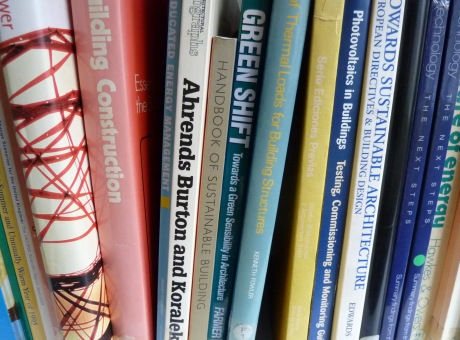What Role can Wind Play to Meet the UK & Scotland Renewable & Climate Policies?

1 June 2014
Wind generation is crucial to meet the climate policy and renewable obligations of the UK government and the renewable electricity targets of the Scottish governments. This paper analyses what role wind can play to meet the renewable electricity targets and climate policies using a two-region UK MARKAL energy system model, where Scotland (SCT) and rest of the UK (RUK) are the two regions. The two-region model well suits for this analysis as the climate and renewable policies of Scotland and the UK can be incorporated in the model. The results show that wind can play an important role to meet near term renewable electricity targets, accounting 22% of the total generation in 2020 with an installed capacity of 21 GW, and long-term climate change mitigation target, with installed capacities of 33 GW and 49 GW in 2035 and 2050 respectively. Sensitivity analysis shows that, when there is no CCS, wind is crucial to meet the long-term climate policy and can supply up to 50% the UK electricity demand in 2050, with an installed capacity of 90 GW. Since wind is an intermittency source, the UK electricity system needs an installed capacity of about 56 GW of gas plants as a back-up capacity in 2050.
What Role can Wind Play to Meet the UK & Scotland Renewable & Climate Policies?. International Journal of Chemical and Environmental Engineering, Volume 5 (No.3), 180-185.
Anandarajah, G. (2014)
The full text of this article is not available through UCL Discovery.
 Close
Close

